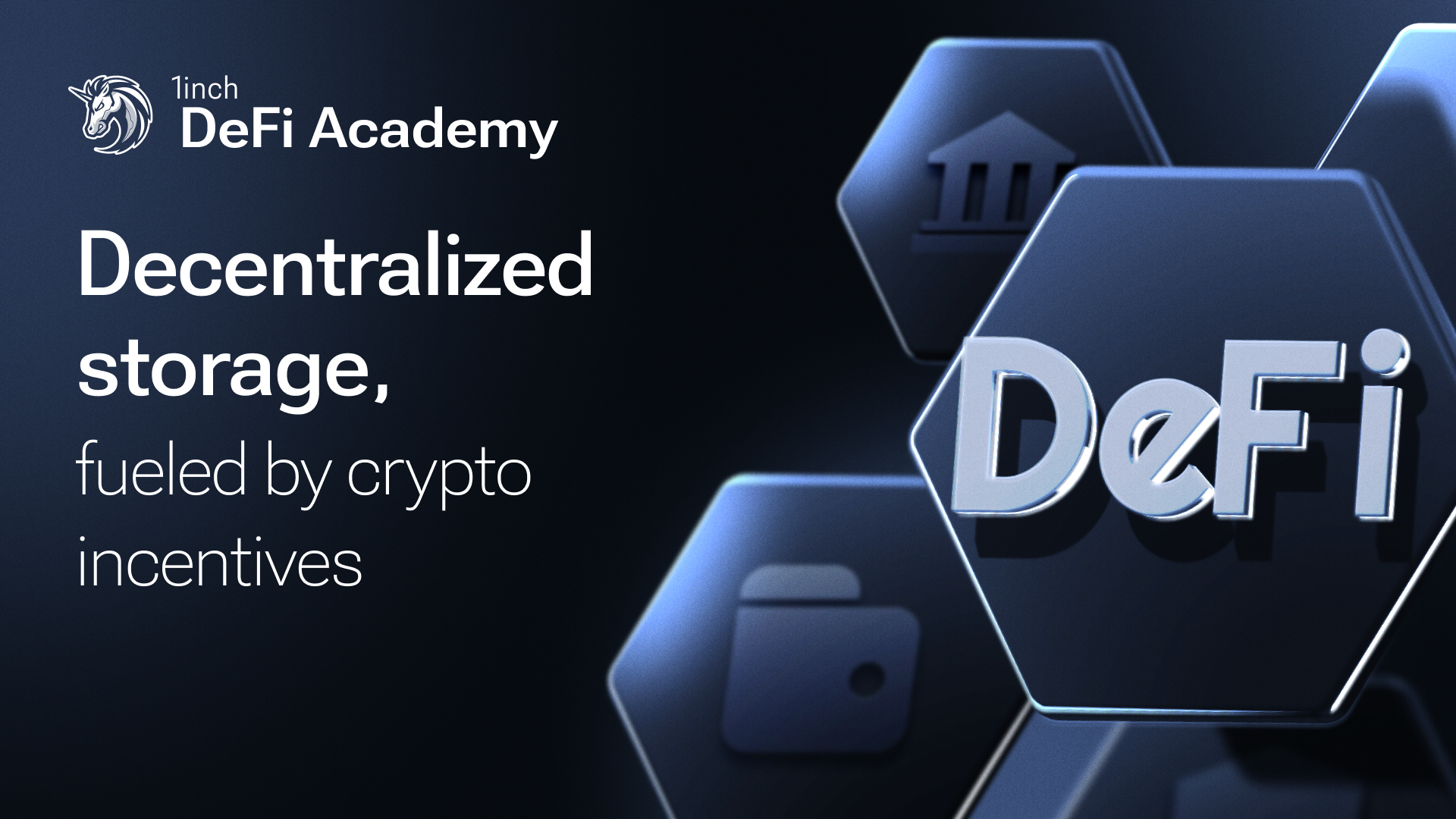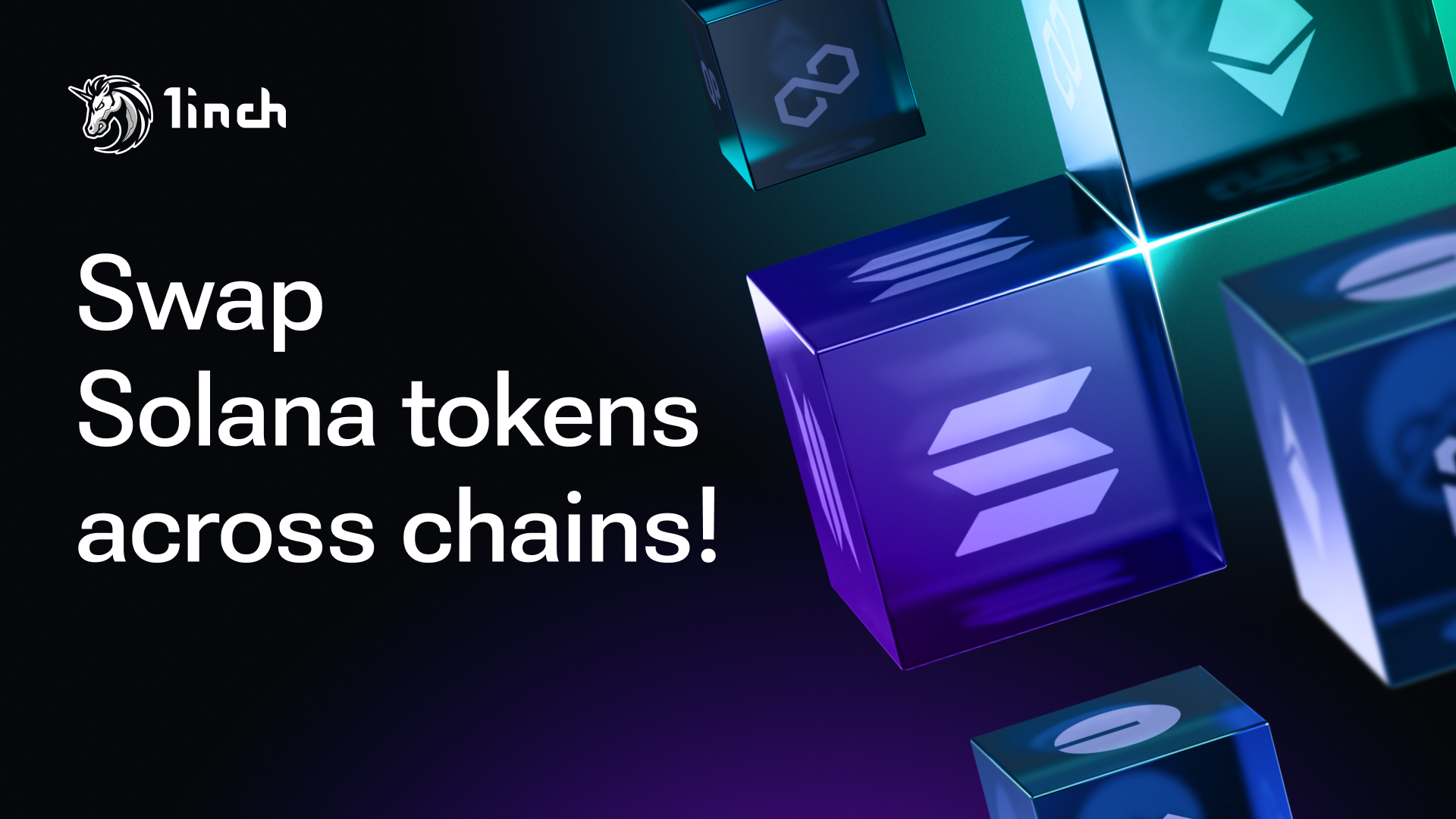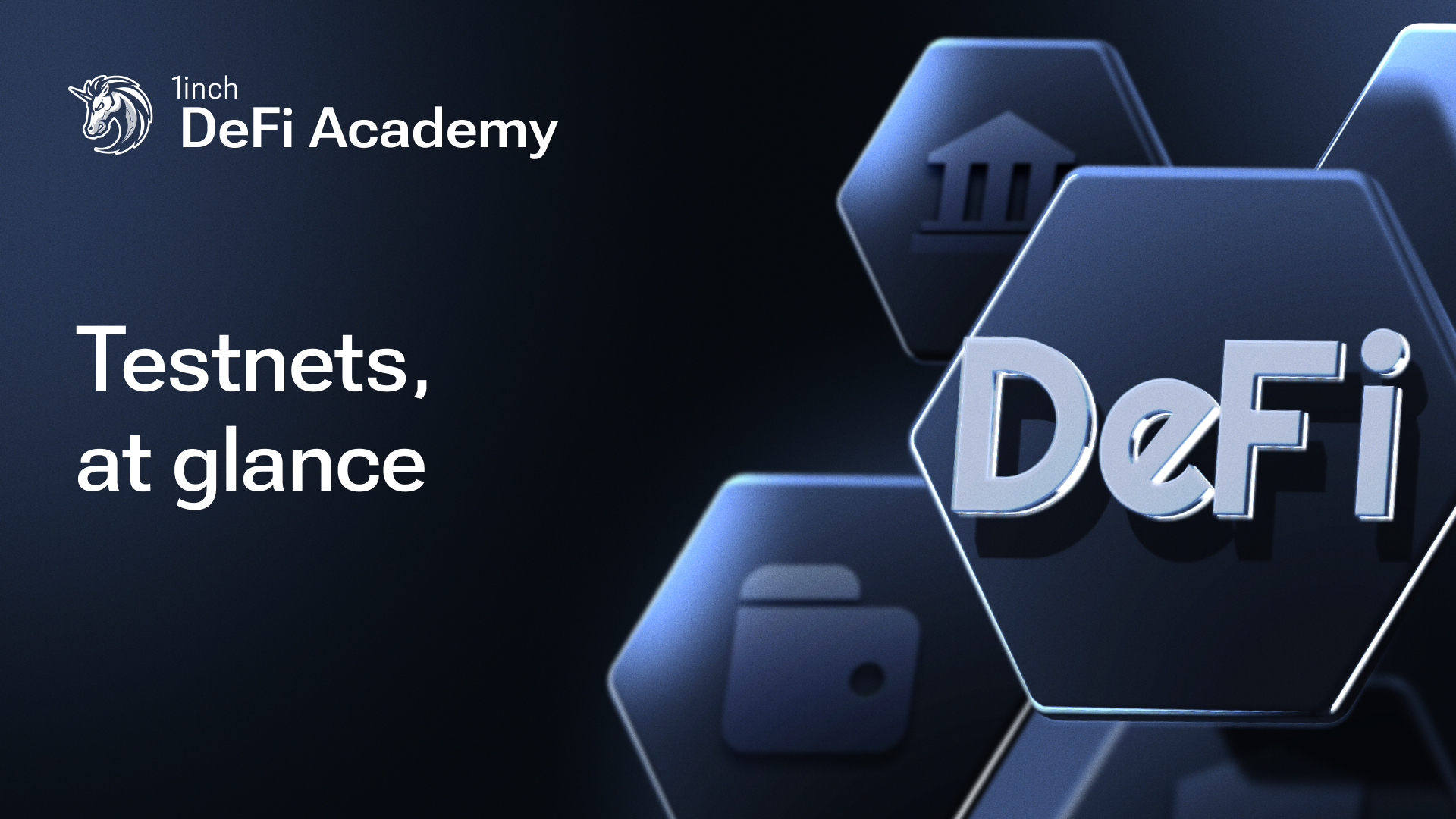The role of storage tokens in decentralized networks

Storage tokens enable decentralized file storage by rewarding participants, powering real-world applications and driving a new layer of censorship-resistant infrastructure.
Decentralized storage networks transform unused disk space across the globe into a distributed alternative to traditional cloud services. Participants - often individuals or independent operators - offer storage capacity in exchange for the network’s native token. These tokens serve several roles: they incentivize honest behavior, compensate storage providers, and often act as collateral to penalize data loss or unavailability.
When users upload data, it is typically split into encrypted shards – smaller pieces of the original file that are stored separately across multiple providers. This enhances security, fault tolerance and privacy, since no single party holds the entire file in plain form.
While the storage token does not directly function as a “claim ticket,” users retrieve their files by referencing cryptographic proofs or content identifiers linked to their uploads. In some cases, these tokens may also facilitate file transfers or data marketplaces.
How the incentive loop works
When a user uploads data, the file is usually encrypted by the client, split into smaller encrypted shards and distributed across multiple independent storage providers. In collateral-based systems like Filecoin and Sia, these providers lock up a portion of the network’s token as a guarantee of service. At regular intervals, they must submit cryptographic proofs that the stored shards remain intact and accessible. If the proof is valid, the provider receives a reward – often from user payments or protocol incentives. Failure to prove storage can result in slashed collateral, making data loss or negligence costly and encouraging honest participation.
Token sources
Storage tokens can be obtained through several paths, depending on how each decentralized storage protocol or platform is structured. Most directly, individuals can earn tokens by running a storage node and offering unused disk space to the system. This model is common in protocols like Sia, Storj and Filecoin, where contributors receive tokens in exchange for hosting data.
Some platforms also provide tokens as incentives for contributing to protocol development, participating in community initiatives or supporting governance processes (often through grants, bounties or delegated voting systems). Finally, tokens are available for purchase on public exchanges. While their long-term value may reflect real demand for decentralized storage, market prices are also influenced by broader tokenomics, investor sentiment and ecosystem growth.
2025 field notes on storage protocols
Filecoin (FIL) became the first decentralized storage platform to offer over one exbibyte of capacity. By 2025, the project’s messaging shifted from celebrating raw supply toward promoting active data onboarding. According to protocol reports, the emphasis now lies on utilization - storing real client data - since token value ultimately depends on demand, not idle capacity.
Arweave (AR) launched its AO compute layer on February 8, 2025. AO introduces a massively parallel, asynchronous execution environment layered over Arweave’s permanent storage base. This expansion has drawn attention from developers building far beyond archival use cases.
Sia (SC) initiated a multi-phase v2 hard fork on June 6, 2025. The upgrade enhances protocol throughput and transitions from rigid spending constraints to a more flexible framework, enabling smoother integration with DeFi infrastructure.
Where storage tokens are already used
Decentralized storage platforms are already powering real-world use cases across multiple sectors. Permanent archiving of NFT media and public records is active on networks like Arweave, while encrypted data-sharing platforms are emerging to let dataset owners monetize access in secure marketplaces. Social and gaming apps use censorship-resistant back-ends to store content that can't be taken down or altered. In supply chains, decentralized ledgers help verify provenance and integrity of goods, while early-stage implementations are exploring verifiable data pipelines for AI workflows. These use cases demonstrate how utility for storage tokens is growing beyond simple file storage.
Participation and risk
Participants engage with decentralized storage platforms in diverse ways, each with its own risk-reward profile. Long-term holders speculate on the future demand for permissionless, censorship-resistant storage. Storage node operators earn ongoing fees by contributing hardware and bandwidth, but must manage uptime, audits and infrastructure. Some protocols allow staking or liquidity provision to earn passive yields – often with lock-up periods and exposure to smart contract risks. Meanwhile, short-term traders seek to profit from token volatility, accepting rapid price swings as part of the trade-off.
Obstacles still to overcome
Despite steady progress, decentralized storage still faces practical limitations. Retrieval speeds often lag behind those of centralized CDNs (Content Delivery Networks like Cloudflare or Akamai), which maintain fleets of globally distributed edge servers optimized for low-latency content delivery. In contrast, decentralized networks prioritize resilience and censorship resistance over speed. Additionally, volatile token pricing makes it difficult to offer predictable billing. The permanence of stored data can conflict with regulations like the GDPR’s “right to be forgotten.” And onboarding remains a hurdle, often requiring users to bridge assets and manage their own cryptographic keys. To address these gaps, teams are building fiat on-ramps, fixed-rate billing layers, private retrieval networks and easier-to-use node software.
Stay tuned for more insights from 1inch as we explore the latest trends in DeFi!




























